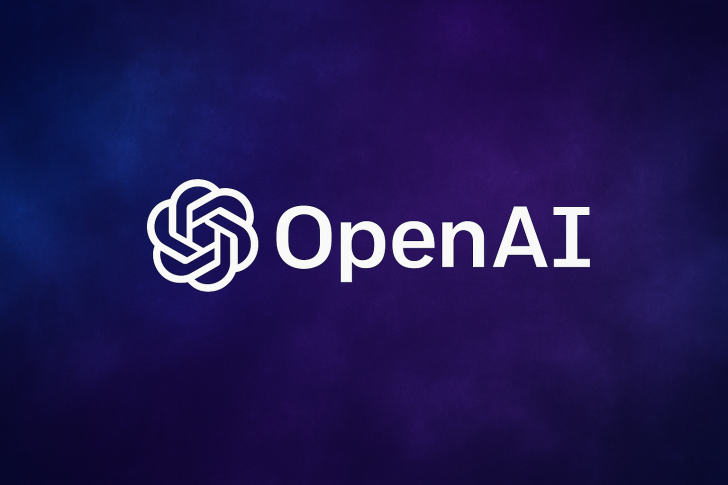AI development has hit a turning point. Smart algorithms alone won't cut it anymore — the real constraint is access to GPUs and massive computing capacity. OpenAI, under Sam Altman's leadership, is making some of the biggest infrastructure bets in tech history to solve this problem.
Hardware First: Locking Down the Chips
As Shay Boloor recently pointed out on Twitter, OpenAI's strategy hinges on two things: chips and compute. Altman has secured $100 billion worth of NVIDIA GPUs to guarantee access despite global shortages. He's also taken a 10% stake in AMD through a strategic partnership, diversifying supply and tapping into AMD's growing AI accelerator technology. Every ChatGPT query and image generation relies on these GPUs — they're literally the engine of modern AI.
Stargate: The $500 Billion Moonshot
The centerpiece of OpenAI's plan is Stargate, a proposed $500 billion supercomputing project. If built, it would rank among the most powerful AI training infrastructures ever created, giving OpenAI the backbone to develop models that current hardware can't support. This isn't just product development — it's building the physical foundation for global AI dominance.
Can OpenAI Hit $1 Trillion?
With a valuation already approaching $500 billion, reaching the trillion-dollar mark seems plausible. The combination of guaranteed NVIDIA access, AMD partnerships, and Stargate's infrastructure could make OpenAI the first AI-native company to hit that milestone. But obstacles remain: energy costs are astronomical, regulators are paying closer attention, and competitors like Anthropic and Google DeepMind aren't standing still. Success depends on flawless execution at both technical and strategic levels.
What It All Means
The AI race has fundamentally changed. It's no longer just about who builds the smartest algorithms — it's about who controls the compute, energy, and chips needed to run them at scale. Altman's moves show that future AI leadership will be determined by infrastructure as much as innovation. For investors and policymakers, this shift is worth paying attention to.
 Saad Ullah
Saad Ullah

 Saad Ullah
Saad Ullah


